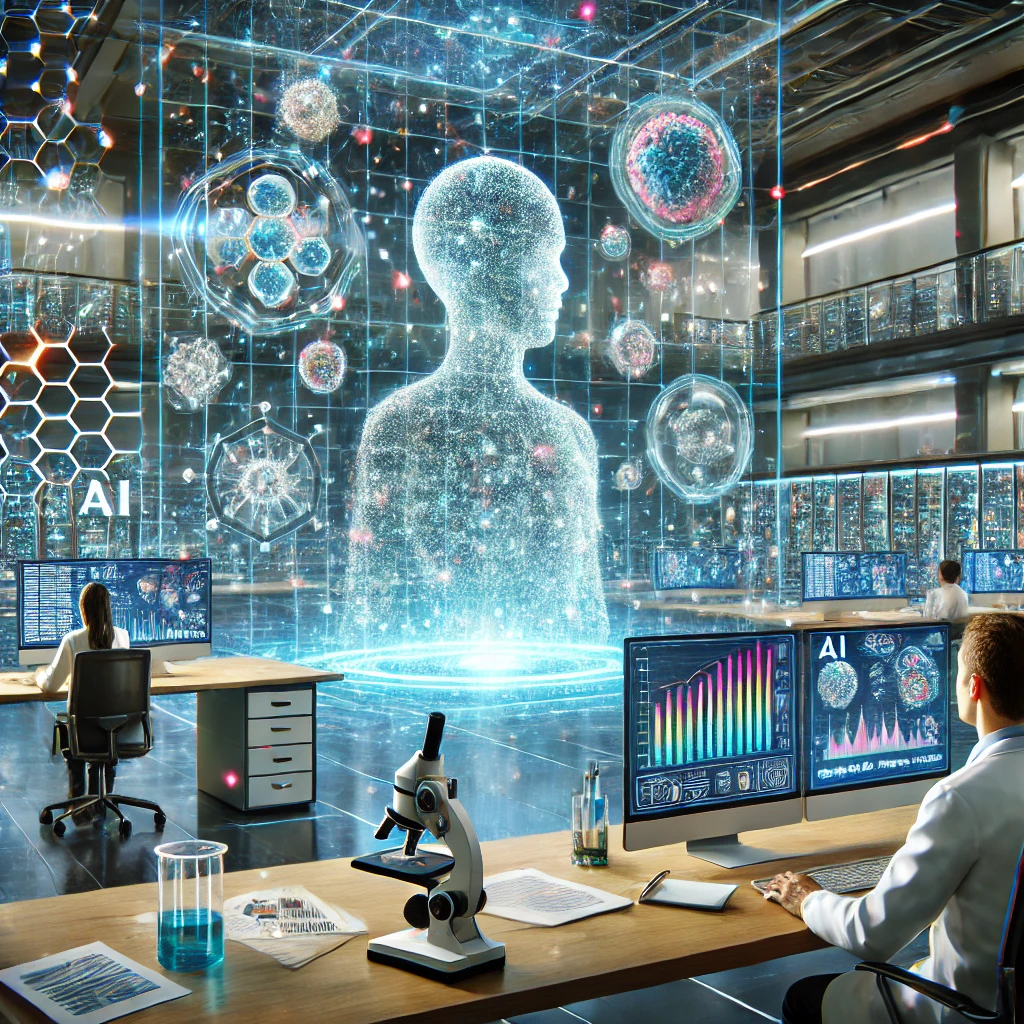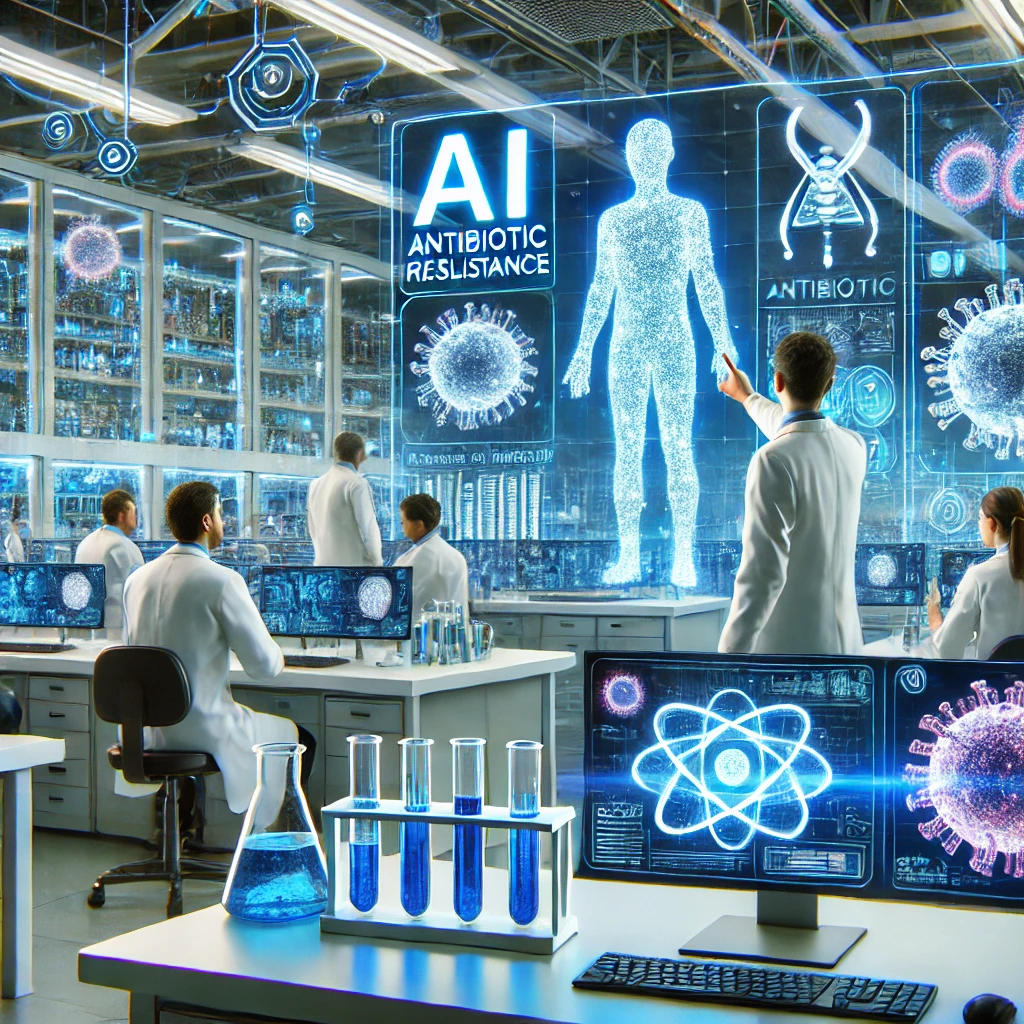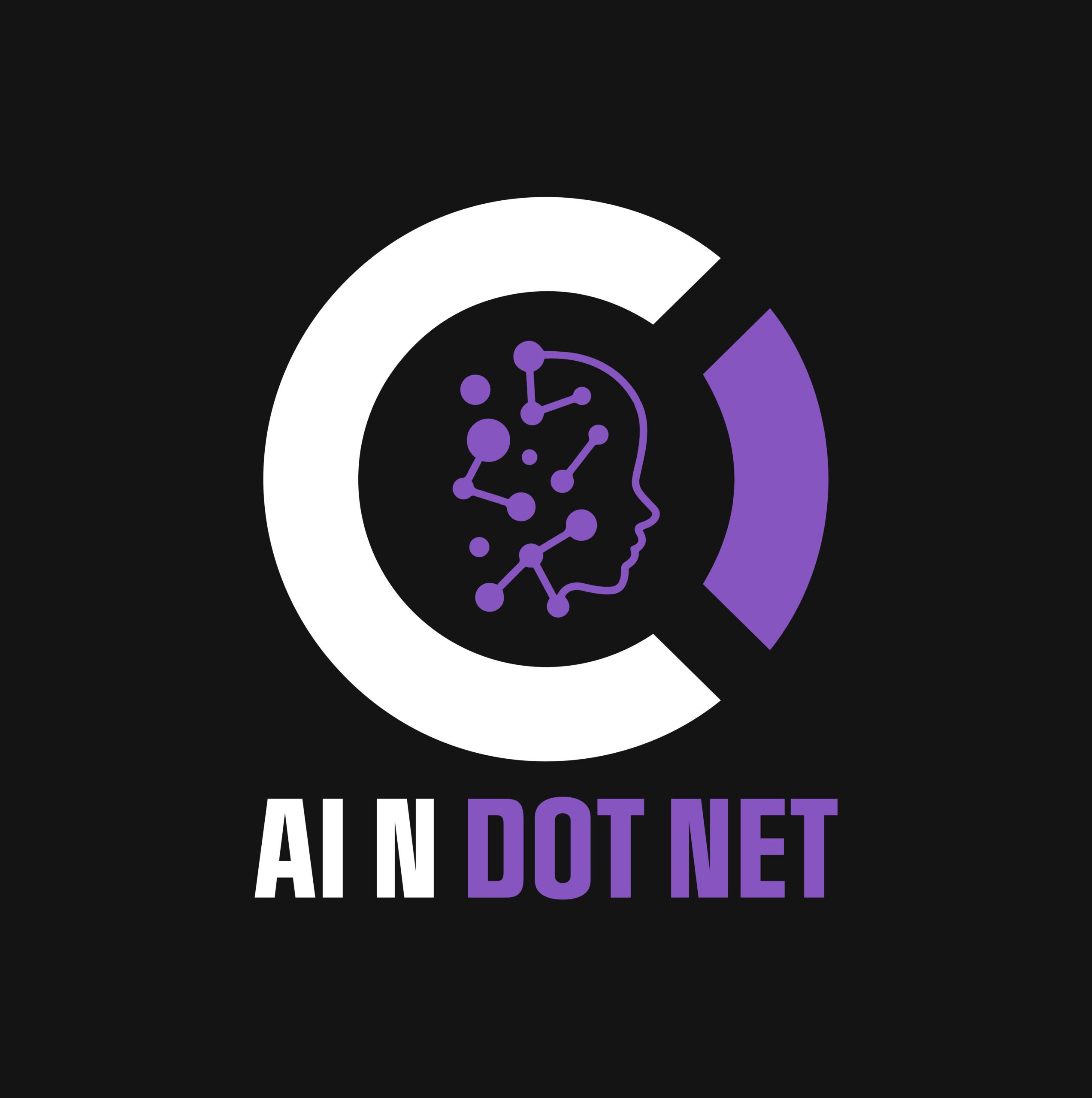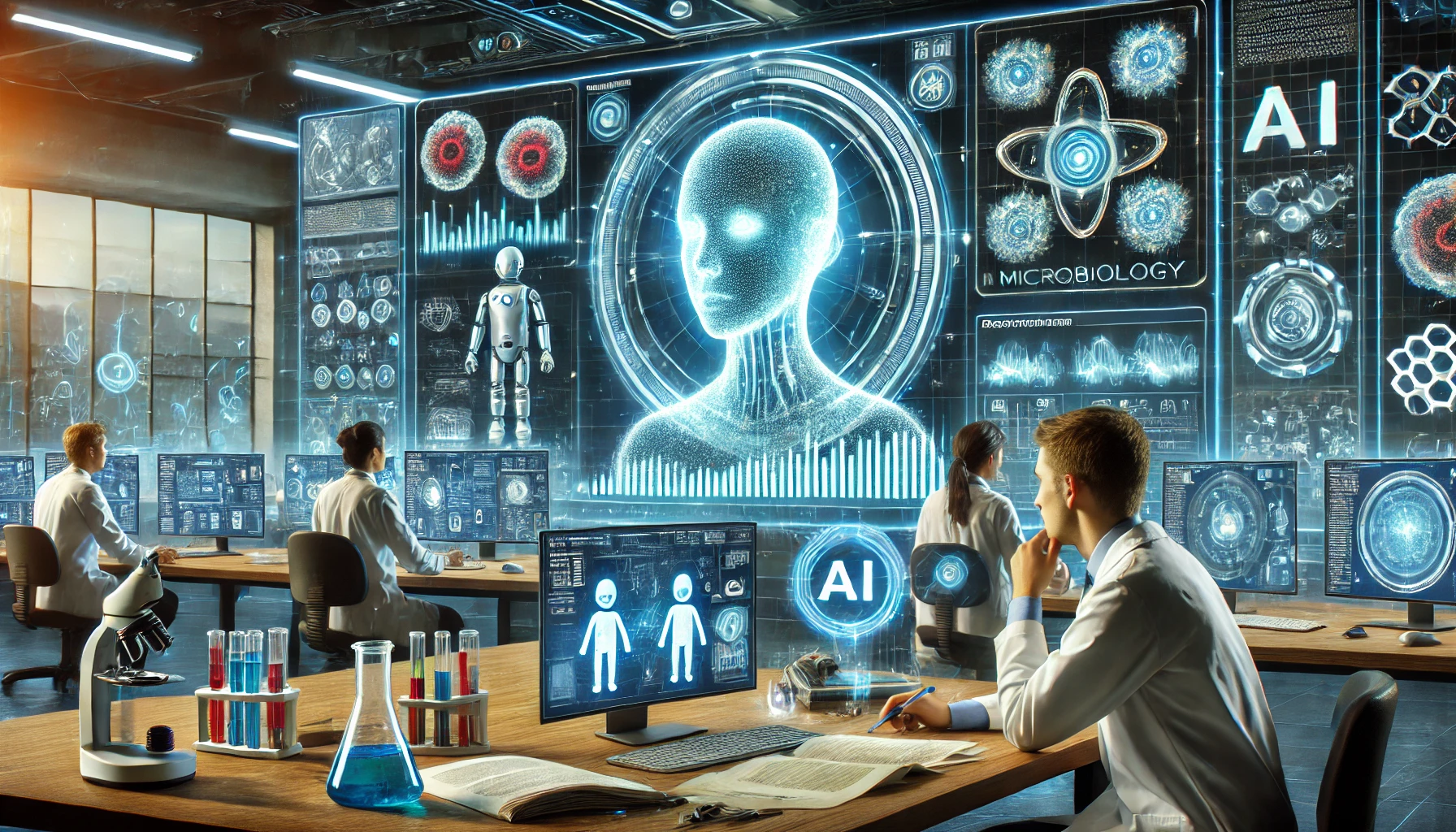How AI is Transforming Business Problem-Solving
Artificial Intelligence (AI) is revolutionizing industries by offering innovative solutions to complex problems. A recent breakthrough at Imperial College London, where AI solved a decade-old microbiology challenge in just two days, serves as a powerful case study. This article explores how AI can drive innovation, optimize processes, and enhance decision-making across various business sectors.
The Superbug Breakthrough: AI as a Co-Scientist

Professor José R. Penadés and his team at Imperial College London spent over a decade researching how certain bacteria develop resistance to antibiotics. Their hypothesis was that superbugs acquire tail-like structures from viruses, enabling them to transfer between species and spread antibiotic resistance. The research process required years of experimentation, validation, and peer review.
To test Google’s AI-powered “co-scientist” tool, the team provided it with a brief prompt about their research focus. In just 48 hours, the AI reached the same hypothesis they had spent years proving. Even more impressively, it generated four additional hypotheses, one of which the researchers are now actively investigating.
The Business Lesson: AI as an Idea Generator and Problem-Solver
This scientific discovery demonstrates how AI-assisted analysis and pattern recognition can revolutionize problem-solving in any industry. Businesses can leverage AI to uncover insights, generate alternative solutions, and accelerate decision-making.
How Businesses Can Apply AI Effectively
Accelerating Research & Development
- AI reduces the time needed for data analysis, market research, and product development.
- Example: A manufacturing company could use AI to analyze sensor data, identify inefficiencies, and suggest optimizations within days instead of months.
Generating New Perspectives on Existing Problems
- AI provides alternative viewpoints that may not be considered by human analysts.
- Example: Financial services firms can use AI to assess risk factors and detect fraud patterns more effectively.
Boosting Efficiency and Cutting Costs
- AI helps businesses save time and resources by automating repetitive and data-intensive tasks.
- Example: Retail companies can optimize supply chain logistics through AI-powered demand forecasting, reducing excess inventory costs.
AI as a “Co-Strategist” in Decision-Making
- AI complements human expertise by providing data-driven insights.
- Example: AI-powered legal research tools process thousands of case laws within seconds, enabling lawyers to focus on strategy rather than paperwork.
Steps to Implement AI in Your Business
To harness the full potential of AI, businesses should:
- Identify processes that require extensive data analysis or trial and error.
- Leverage AI for pattern recognition, decision-making, and automation.
- Explore AI tools that align with specific business goals.
- Continuously evaluate AI-generated insights and integrate them into strategic decision-making.
Conclusion: AI as a Competitive Advantage

The Imperial College London case study highlights AI’s power as more than just an automation tool—it’s an innovation driver. AI amplifies human intelligence, accelerates research, and uncovers new opportunities. Businesses that integrate AI strategically will gain a competitive edge by optimizing workflows, reducing costs, and driving innovation.
No matter your industry, AI has the potential to transform how you approach problem-solving. Now is the time to leverage AI-driven insights and innovation to stay ahead in an increasingly competitive business landscape.
Want to stay ahead in applied AI?
📑 Access Free AI Resources:
- Download our free AI whitepapers to explore cutting-edge AI applications in business.
- Check out our AI infographics for quick, digestible AI insights.
- 📖 Explore our books on AI and .NET to dive deeper into AI-driven development.
References
AI cracks superbug problem in two days that took scientists years
Disclaimer
We are fully aware that these images contain misspelled words and inaccuracies. This is intentional.
These images were generated using AI, and we’ve included them as a reminder to always verify AI-generated content. Generative AI tools—whether for images, text, or code—are powerful but not perfect. They often produce incorrect details, including factual errors, hallucinated information, and spelling mistakes.
Our goal is to demonstrate that AI is a tool, not a substitute for critical thinking. Whether you’re using AI for research, content creation, or business applications, it’s crucial to review, refine, and fact-check everything before accepting it as accurate.
Lesson: Always double-check AI-generated outputs—because AI doesn’t know when it’s wrong! 🚀

